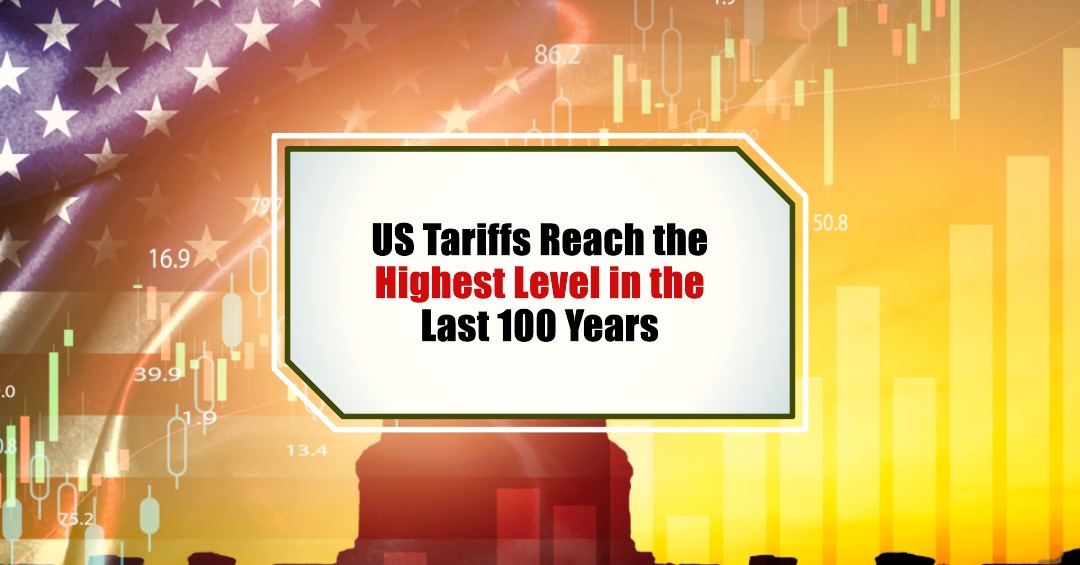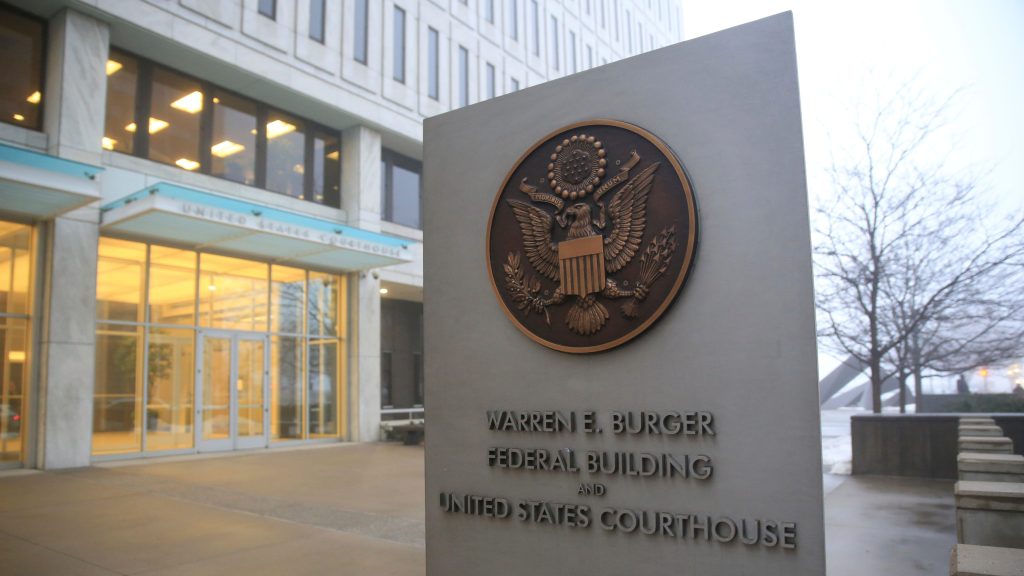W
hen I first heard that US tariffs have reached their highest level in 100 years, my initial reaction was skepticism. However, according to the International Monetary Fund (IMF), the data confirms this alarming trend. The surge in US effective tariff rates has pushed them beyond anything seen since the Great Depression, sending ripples throughout the global economy.
This significant shift in trade policy has real-world implications for businesses, consumers, and the overall stability of the global marketplace. To understand the gravity of the situation, it's essential to examine US tariff history. The IMF chart highlights peaks and valleys in US effective tariff rates over the past century and a half.
Historical context is crucial in grasping the significance of current events. For decades, the trend was towards lower trade barriers, but recent years have seen a sharp upward trend in US tariffs. This reversal marks a significant departure from previous policies and raises serious questions about the future of global trade relations.
Several factors have contributed to this surge in US tariffs, including a shift in trade philosophy emphasizing national security and protection of domestic industries from foreign competition. Trade disputes and national security concerns have led to the imposition of tariffs on goods from various countries, often justified as necessary measures. Counter-responses from major trading partners have further pushed up the global average tariff rate.
The economic fallout from these high tariffs is substantial. The IMF report warns of slower global growth, increased inflation, disrupted supply chains, and negative impacts on specific countries. The effects are not uniform across the globe, with the US, China, Euro Area, and emerging markets facing different consequences.
Beyond the numbers, it's essential to consider the human element. Higher prices for everyday goods can strain household budgets, especially for those with lower incomes. Workers in industries that rely on imported inputs or export to countries facing retaliatory tariffs could face job losses. Businesses must navigate this complex and uncertain trade environment, requiring significant adjustments to supply chains and pricing strategies.
Policymakers need to carefully consider these human costs when implementing trade policies. The IMF suggests restoring stability to trade policy, forging mutually beneficial agreements, addressing domestic imbalances through fiscal and structural reforms, improving international cooperation, and remaining agile in policy responses.
The fact that US tariffs are highest in the last 100 years is a stark reminder of the potential fragility of the global trading system. While the motivations behind these policies might be varied, the potential economic consequences are significant and far-reaching. This moment calls for careful consideration, international cooperation, and a renewed commitment to the principles of open and fair trade.













